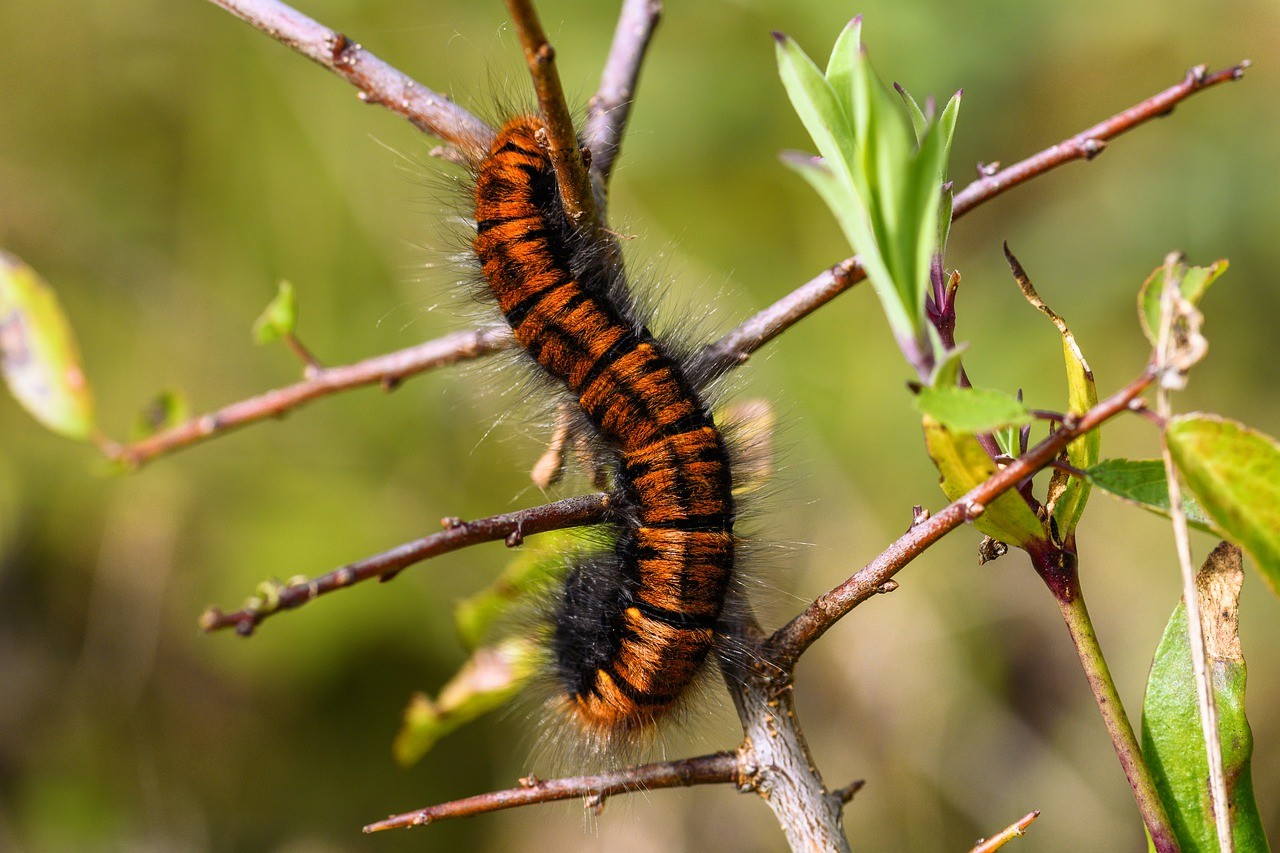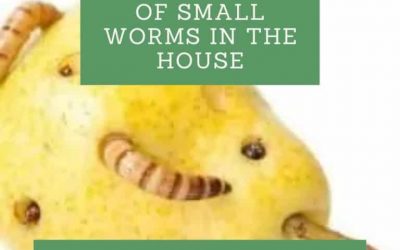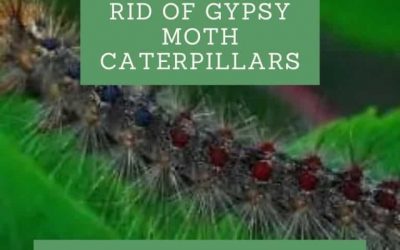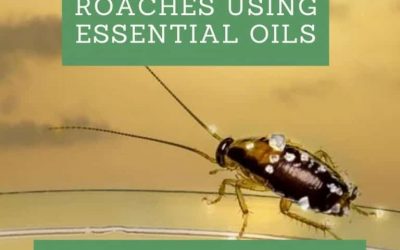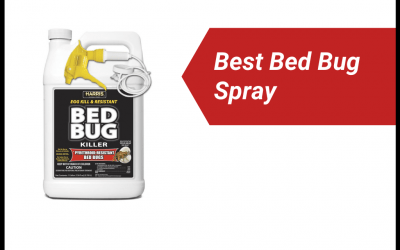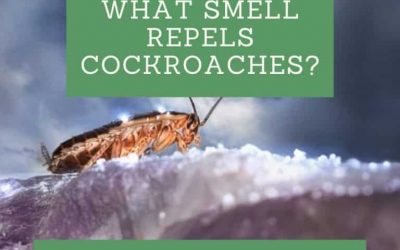It is hard to imagine that butterflies develop from caterpillars. While the former is a beneficial insect and pleasing to the eyes, the latter is a disgusting pest.
Just the thought of caterpillars makes many shiver. Their infestation can wreak havoc to your plants if left untreated.
These worm-like pests with soft or hairy bodies, come in various sizes and colors. Therefore, the first step on how to get rid of caterpillars in a house is knowing the type of species that is invading your space.
While the caterpillars are mostly harmless to humans and pets, their sight in your home is repulsing and unhygienic as well.
If you have an infestation in your home, chances are that you brought them in with your indoor plants.
Besides, they can also get inside through cracks in the walls or open windows.
Where to find caterpillars in the house
Most caterpillars find their way into houses from outdoor gardens. This is true, especially, if your window directly faces vegetation outside or if you have plants in your windows and balconies.
Butterflies are likely to lay their eggs on the plants. After hatching, the little worms will make their way into your house.
The good news is that the caterpillars are slow. Meaning that you are likely to see them without spending too much time searching.
Furthermore, they leave stains behind just like garden slugs, which is another sign of their presence.
This means that you will have to clean their ‘juices’ from the walls to remove the stains.
10 ways to get rid of caterpillars
While using insecticides is a proven way of dealing with these pests, they may be harmful to humans and other living organisms.
The aim is to use substances that are safe to plants and other organisms while effectively killing caterpillars.
How to Get Rid of Caterpillars in A House Using Natural Remedies
1. Attract birds to your home
Birds are probably the best natural way to get rid of caterpillars. Thus, you should make your garden attractive to them.
Place birdhouses, birdbath, and bird feeders in your garden to entice them. Chickens are also a great fix for this issue.
How to get rid of bird mites in human hair
2. Drown the caterpillars
If you can touch the caterpillars, then this is an excellent way to remove unwanted guests from your home.
Ensure you wear gloves to avoid being stung by spines on some species. Besides, you can also use a broom to brush the worms off the walls, furniture, and counters.
Fill a bucket with water depending on the number of caterpillars you are facing. Add dish soap in the water, start picking up the caterpillars and throwing them in the water.
If you don’t want to kill the worms, collect them in a jar or bucket and move them to another area.
3. Empty the nests
This is a more aggressive way to tackle the problem by destroying the caterpillars’ nests.
Use a broom handle or a stick to punch into the nest, spin, and scrape its interior to remove the contents.
Go on and dispose of the nest and its inhabitants in a bucket of warm soapy water.
Attack them late at night or early in the morning when most worms are still in the nests.
4. Home-made Solutions
Are you still wondering how to get rid of caterpillars in your house? If you find the thought of picking up the worms gut-wrenching, why not make your own safe home-brew?
Not only are they friendly to the environment, but they are also safe for people and animals around.
5. Pepper and Garlic Mixture
This home remedy is effective on caterpillars, worms, and aphids.
Wear eye protection and gloves. Proceed to finely chop pepper or use dried pepper flakes.
Crush whole garlic and mix the two with water. Add a teaspoon of soap in the mixture and blend well.
Place it in a tight jar and keep the mixture for at least 24 hours in direct sunlight.
Strain the solution into a spray bottle and use it on your plants and pests.
6. Neem Oil
Add a little amount of neem oil, say 2 ounces into a gallon of water.
Apply it lightly on the affected areas in the evening.
7. Vinegar Solution
It is a natural solution to deter various types of pests from your home. Dilute 2 tablespoons of white vinegar in 4 litres of water.
Spray the solution directly on the plant. You can also use raw vinegar to kill the caterpillars and snails.
Another alternative is to use lemon by grating its rind and mixing it with water.
8. Oil Spray
Mix 1 teaspoon of liquid soap, 2 tablespoons of canola oil with 2 cups of warm water.
Put the mixture in a spray bottle and spray away at the caterpillars. Avoid using this on hairy-leafed plants, orchids, and squashes.
Getting rid of caterpillars using pesticides
1. Using Bacillus Thuringiensis
This is the most recommended biological method that specifically targets caterpillars. It is soil bacteria that destroys the stomach lining of caterpillars and worms, thereby killing them.
Besides, it is safe for human, pets, and other pollinators.
All you need is to apply the powder or liquid directly on the plants. However, do this when the sun is down to prevent the substance from degrading.
Follow the instructions that come with the package and apply it twice. The first time is after the eggs hatch, and the second time, two weeks later.
2. Apply Cyonara 9.7
This is also an effective way of killing such intruders while keeping the plants safe.
You can spray it in your flower beds and also use it as a perimeter treatment to keep caterpillars away from your home.
Mix 0.5 fl.oz. of the product with 1 to 2.5 gallons of water. Mix well and spray in the areas you spotted the worms and possible entry points in your home.
For the removal of indoor caterpillar infestation, it is best to use organic solutions. They are safe to both animals and humans while being productive on the caterpillars and other insects in your house.
It is the safest solution if you are looking for tips on how to get rid of caterpillars in a house.
Do not forget that caterpillars are a delicacy in some countries, so yes, you can make some yummy food for the family from them.
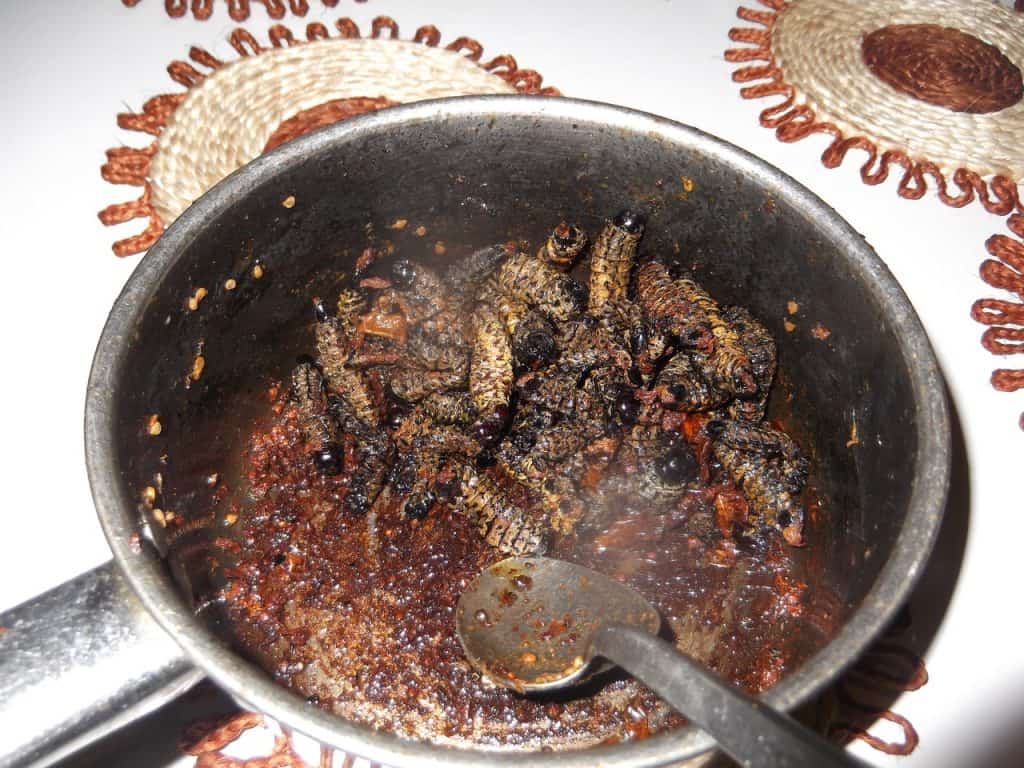
With caterpillars, it is easy to determine if you have them in your home because they require foliage to survive.
Therefore, if you have indoor plants, check them regularly and treat the infestation as fast as possible.

